Honeybee Electricity: Honeybees Generate More Electricity Than Thunderstorms!
Nature is full of surprises, but few discoveries are as electrifying as this: swarming honeybees can generate electric fields up to eight times stronger than those in thunderstorm clouds. This astonishing revelation comes from a 2022 study published in iScience, where researchers at the University of Bristol, led by Ellard Hunting, found that massive swarms of honeybees produce significant electrical charges—rivaling those of some of the most powerful weather events on Earth.

Key Findings from the Study:
- Swarming honeybees can generate electric fields up to 8 times stronger than thunderstorm clouds.
- The charge per cubic meter in a bee swarm can be 100 to 1,000 volts per meter.
- This charge density surpasses that of typical storm clouds, making bees a surprising force of natural electricity.
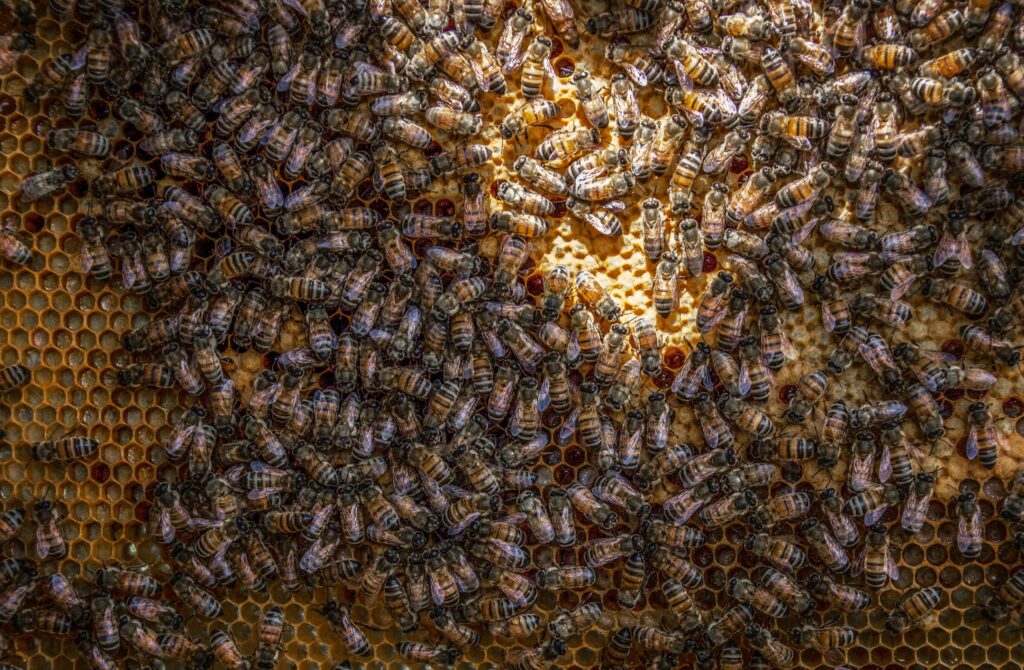
Implications:
- Impact on Weather and Climate: Large swarms might influence local atmospheric conditions and contribute to static electricity buildup.
- Pollination and Plant Communication: Plants already use electric fields to attract pollinators, and this discovery deepens our understanding of their interactions with bees.
- Bioelectricity in Nature: This finding opens new research possibilities into how other animals generate and interact with electrical fields.
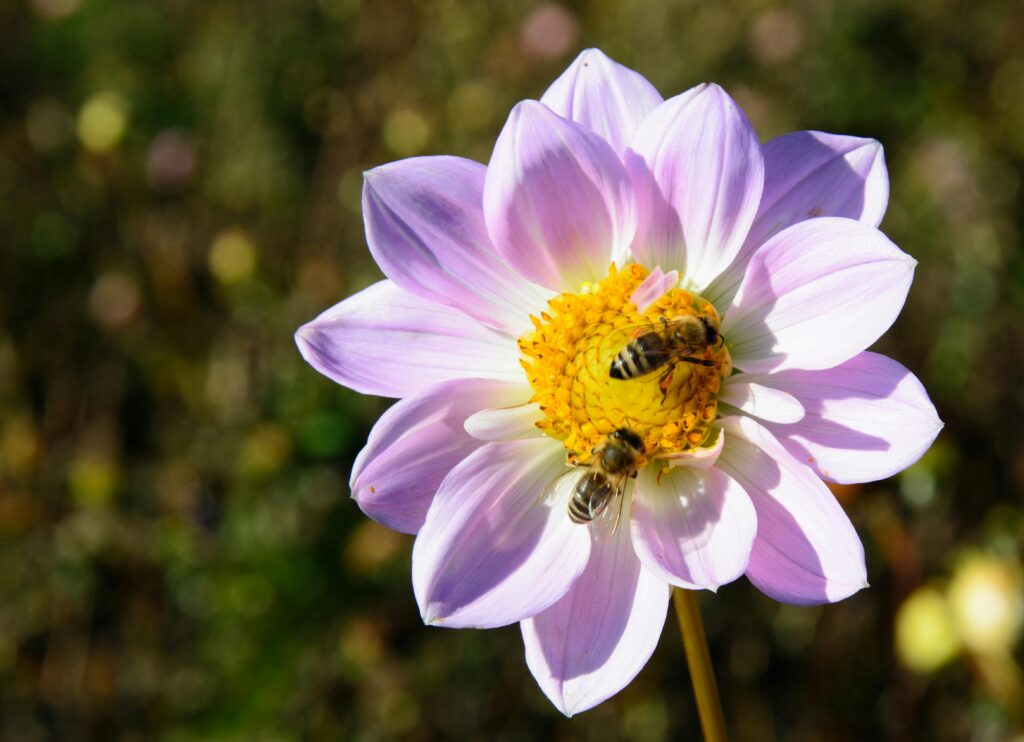
How Was the Research Conducted?
The research team at the University of Bristol’s School of Biological Sciences used sensitive electric field detectors placed near managed bee colonies. By tracking the movement and density of swarms, they observed that as thousands of bees clustered together, their combined body friction generated immense static electricity. This charge buildup was directly measured and found to exceed the voltage levels observed in natural storm clouds.
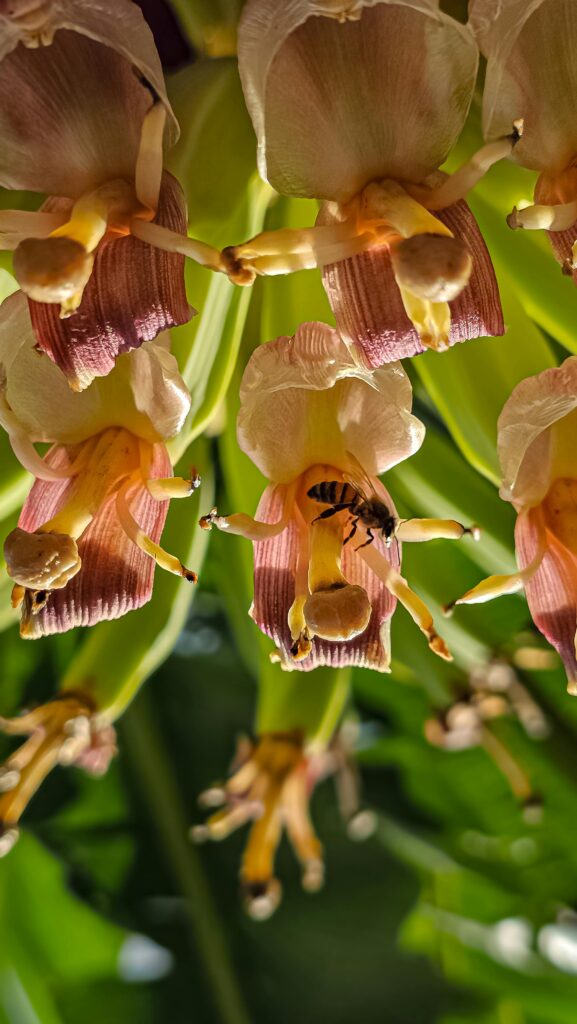
How Do Bees Generate Electricity?
Bees naturally carry a small electric charge due to friction with the air as they fly. This charge is also affected by their interactions with flowers, which use electric fields to attract pollinators. However, when thousands of bees move together in a dense swarm, their combined charge creates an immense electrical field, measurable from the ground. The study found that charge densities in some bee swarms could reach up to 1,000 volts per meter, exceeding the charge levels of typical thunderstorm clouds.
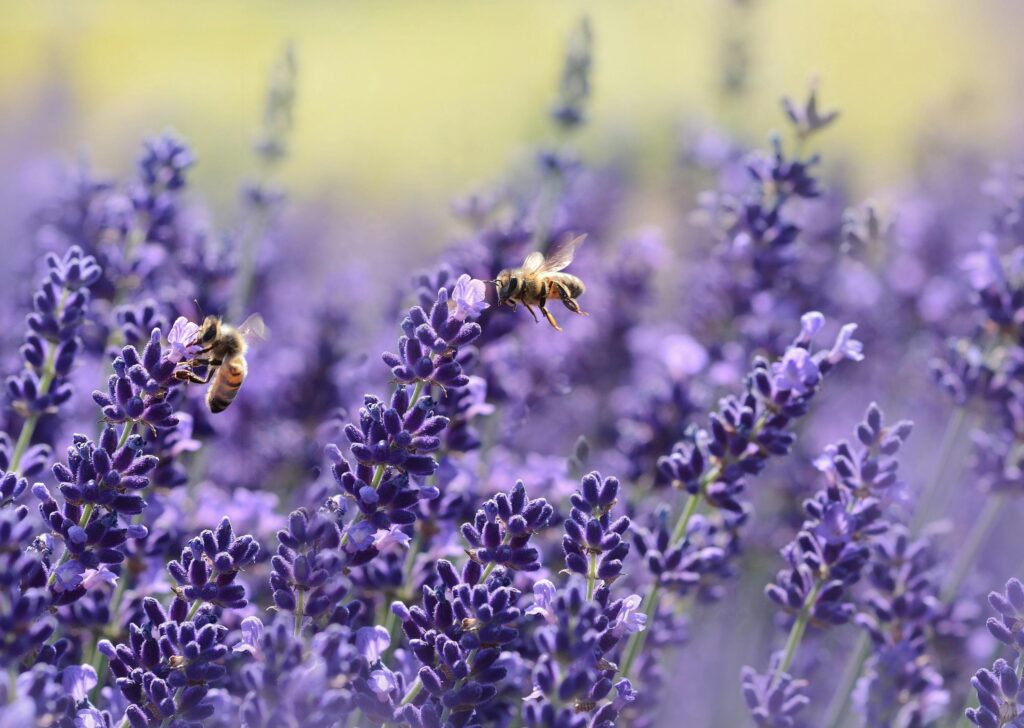
The Future of Bee-lectric Research
Scientists are now exploring whether other insect swarms, such as locusts or butterflies, exhibit similar electrical properties. Could this newfound energy source be harnessed for innovative technologies? Could it affect the way we predict weather patterns? The possibilities are as vast as a buzzing summer sky.
Potential Applications and Future Research
Understanding bee-generated electricity opens doors to fascinating new possibilities. Scientists speculate that these electrical charges could influence nearby airborne particles, such as dust and pollen, potentially affecting local air quality and even weather conditions. If further studies confirm this, it could reshape our understanding of how insect swarms interact with the environment on a microscopic and atmospheric level.
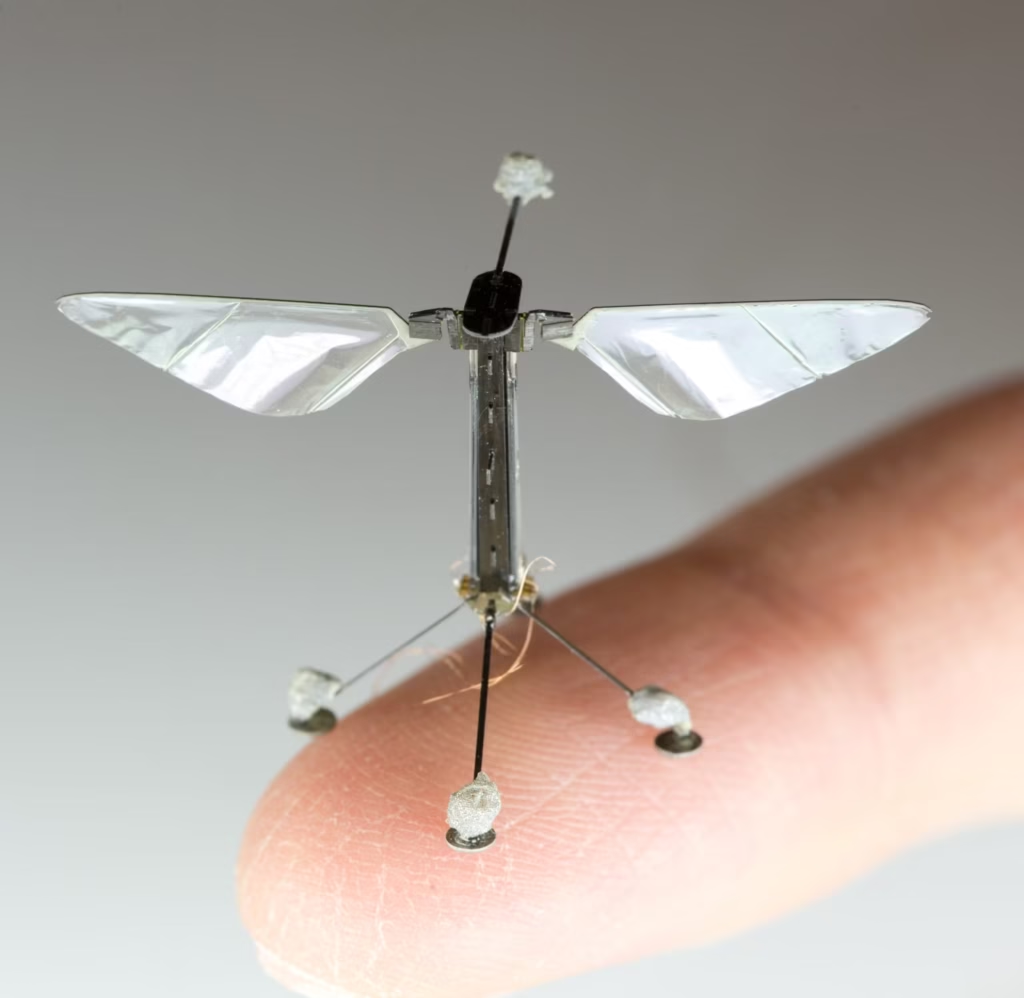
The decline of bee populations worldwide has raised concerns about the future of pollination and food security. In response, scientists and engineers have turned to technology, developing robotic bees that could one day assist or even supplement natural pollinators.
The Rise of RoboBees
One of the most well-known advancements in robotic pollinators is Harvard University’s RoboBee project. These tiny, lightweight robots mimic the wing movements of real bees, allowing them to hover and fly autonomously. Researchers are working on equipping them with artificial intelligence to navigate fields and interact with flowers much like their natural counterparts.
Pollination Drones and Artificial Pollinators
Beyond micro-robots, companies like Walmart have patented drone-based pollination systems, capable of transporting pollen between plants. These autonomous flying machines could prove essential in agricultural settings where natural bee populations are struggling. Some research teams are even experimenting with electrostatically charged artificial bees that can stick to flowers and carry pollen more efficiently.
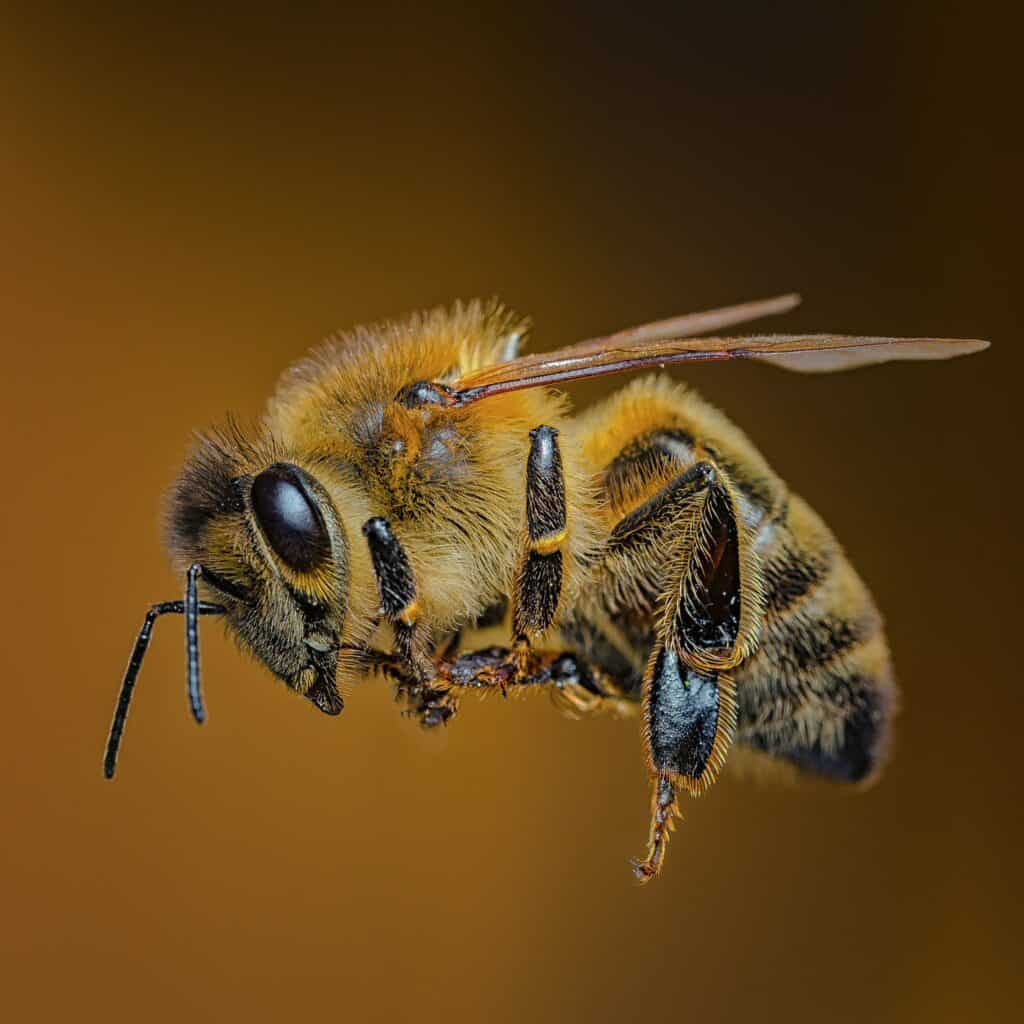
The Challenges of Robotic Pollinators
Despite their promise, robotic bees face significant obstacles. Energy efficiency remains a major challenge, as real bees can work tirelessly while artificial bees require a sustainable power source. Additionally, mass production and scalability are hurdles that scientists must overcome before these devices can be deployed on a meaningful scale.
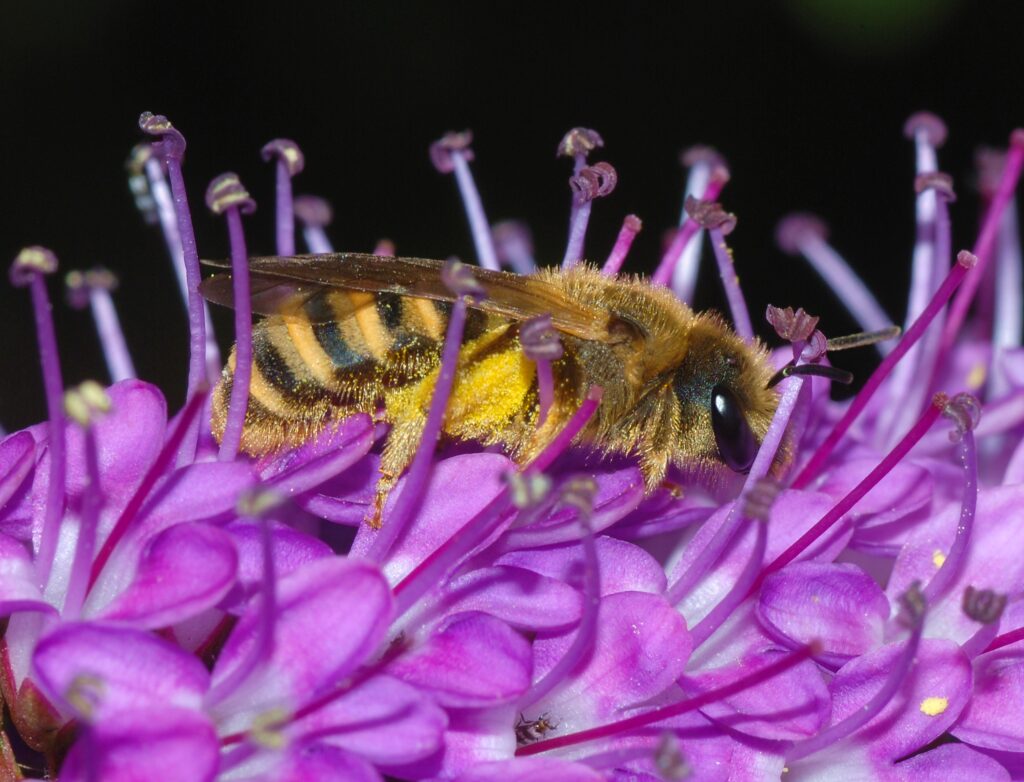
A Solution or a Supplement?
While robotic bees may support pollination efforts in specific cases, they are not a replacement for natural bees. Experts agree that conservation efforts, habitat restoration, and pesticide reduction remain the best long-term solutions for protecting real pollinators.
Still, as technology advances, we may soon see robotic bees buzzing alongside their natural counterparts, offering a glimpse into a future where nature and technology work together.
Additionally, researchers are looking into how this discovery could improve pollination strategies in agriculture. Since plants rely on electric fields to communicate with pollinators, leveraging this knowledge could help design new methods for enhancing crop yields and supporting pollinator populations. Future research may explore whether artificially mimicking these fields can attract bees more effectively, boosting food production sustainability.
As we continue to uncover nature’s hidden forces, one thing is certain: honeybees aren’t just busy—they’re buzzing with energy, in more ways than we ever imagined.
For more fascinating insights into the world of bees and nature, stay tuned to HoneyBee & Co.!

